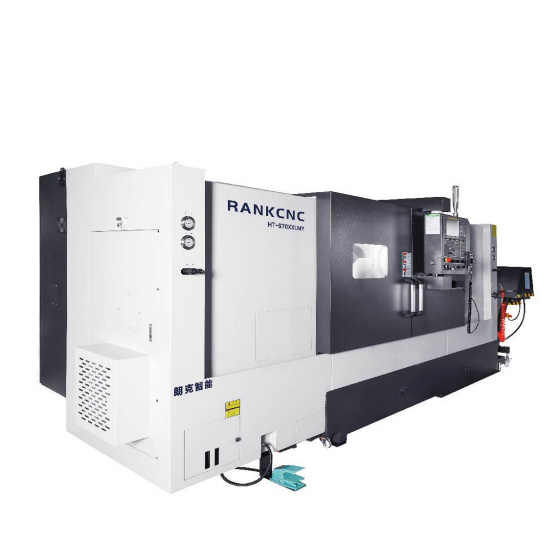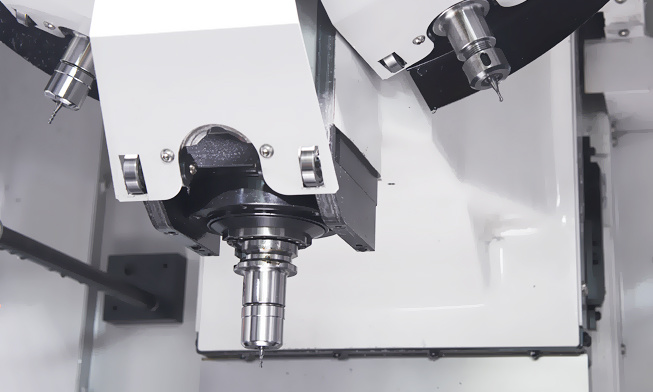
Analysis of the causes of tool collision failure in CNC milling and turning composite machine tools
Jul 28,2022
Analysis of the causes of tool collision failure in CNC milling and turning composite machine tools
Compared with ordinary machine tools, CNC turning and milling composite machine tools have high precision, good dimensional stability, low labor intensity, and are easy to manage in modern times. However, due to improper operation or programming errors, cutting tools or tool holders are prone to collide with workpieces or machine tools. Mild cases can damage cutting tools and machined parts, while severe cases can damage machine tool parts, resulting in loss of machining accuracy and even personal accidents of CNC turning and milling composite machine tools.
From the perspective of maintaining accuracy, in Dongguan CNC turning and milling composite machine tools, the cutting tool cannot collide with the machine tool or workpiece. The reasons for the collision of the cutting tool are summarized and analyzed below, hoping to be helpful to everyone.
The simulated machining machine tool is unlocked. As the CNC milling machine tool is locked through software, in the machining simulation, when the automatic run button is pressed, you cannot intuitively see whether the machine tool is locked in the simulation interface. During simulation, there is often no tool setting. If the machine tool is not locked and running, it is easy to hit the tool. Therefore, before simulating machining, you should check whether the machine tool is locked in the operation interface.
Forgetting to turn off the idle switch during processing, in the program simulation process of CNC milling compound machine tools, the idle switch is often turned on to save time. Idle refers to all the motion axes of the machine tool running at G00 speed. If the running switch is not turned off during processing, the machine tool will ignore the given feed rate and run at G00 speed, causing collision between the cutting tool and the machine tool.
After running the empty simulation without a reference point, when checking the program, the machine tool is locked and the tool is in a simulated running state relative to the workpiece. When the coordinates do not match the actual position, the method of returning the reference point needs to be used to ensure that the machine's zero position coordinates and relative coordinates are consistent. If no problems are found after verifying the program, machining operations will be carried out, which will cause tool collisions.
The direction of overtravel release is incorrect. When the milling and turning compound machine tool overtravel, the overtravel release button should be manually pressed or moved in the opposite direction to eliminate it. However, if the lifting direction is reversed, it will cause damage to the machine tool because when the overtravel is released, the overtravel protection of the machine tool will no longer work. The stroke switch of the overtravel protection is already at the end of the stroke. At this time, the worktable may continue to move in the overtravel direction, break the screw, and cause damage to the machine tool.
When the specified line is running, the cursor position is incorrect. When the specified line is running, it usually executes from the cursor position downwards. For lathes, it is necessary to call the tool deviation value of the tool used. If the tool is not called, the tool in the running program segment may not be the required tool, and it is very likely that tool collision accidents are caused by different tools. Of course, the length compensation values of G54 and other coordinate systems and tools need to be called on the machining center and CNC milling machine first, because the length compensation values of each tool are different. If not called, it may also cause tool collision. As a high-precision machine tool, CNC turning and milling composite machine tools, avoiding collisions is very necessary. This requires operators to develop a habit of caution and care, and use the correct length compensation values. Operate the machine tool in a way that reduces tool collisions.








